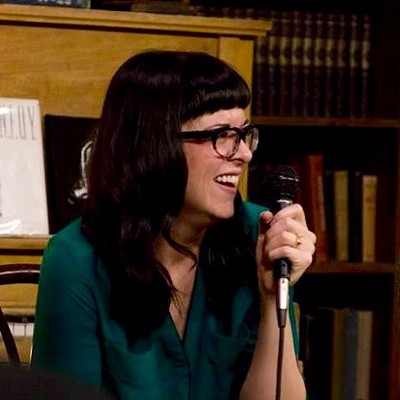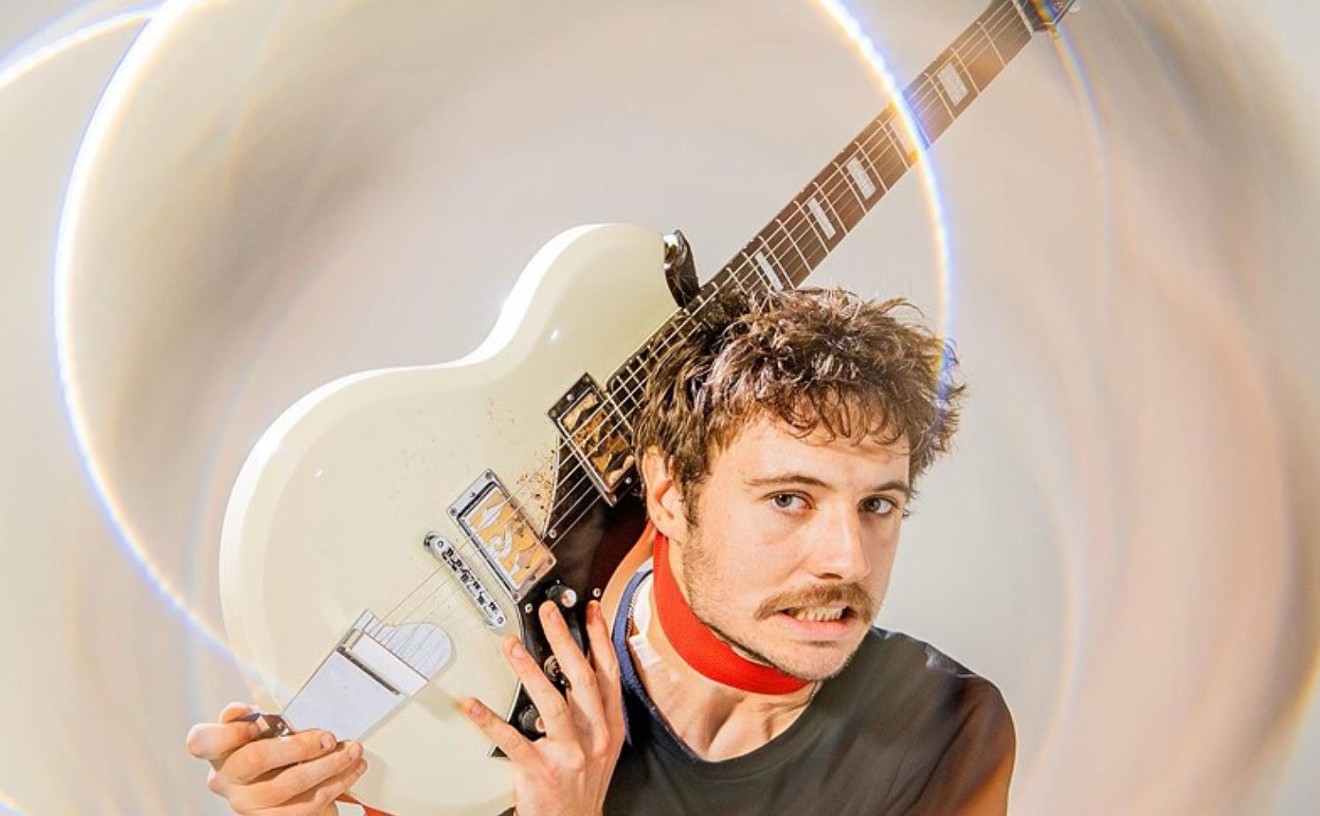I’ve spent the last few years arguing that the ’90s were one of the best eras of popular music for women, because as musicians and fans, we seemingly had the same access to mainstream visibility as the men who have always dominated the music industry. As an early teen in the ’90s, I consumed mass quantities of MTV: It was a place to see Kim Gordon hanging out at the Beach House talking about Free Kitten’s latest record; it was where I first saw SWV perform live; it was the channel that got me interested in politics by using my favorites Deee-Lite to encourage young people to vote. Most important, MTV showed me that women who made music were powerful people.
The decade also marked a time when major music festivals that traveled the country really bloomed: Lollapalooza became the equivalent of a living MTV for me. So many acts I adored came through during the few years I ventured out for that tour. It’s where I saw Hole, the Breeders, L7 and Sonic Youth. Although at the time, a teenage me rebelled against another big festival, Lilith Fair — I thought it was a soft version of what a festival representing women could be — it was important that it existed. Warped Tour came to be at this time, too, but that — like most of punk rock — was a big dudefest, save for the times I remember seeing the Donnas and Lunachicks.
It’s hard to accurately compare the presence/power of women in popular music today with the same situation in the ’90s; there are so many ways that we, as consumers and fans, are connected to the art form now. MTV has been replaced by the Internet, but music festivals are bigger and more lucrative than ever. When looking at the visibility of women and gender-nonconforming artists on the music-festival circuit, I still see not only a missed opportunity to diversify, but a straight-up boys’ club existing in most lineups. I’m not alone in making this observation, of course — there have been countless articles over the past few years highlighting the lack of women on festival lineups, especially in the headliner spots.
When I heard that Riot Fest 2015 was going to include acts like Babes in Toyland and L7, I thought, “Finally.” Riot Fest has built itself on the nostalgia of its audience, so it made sense to include these acts from the ’90s. But, still, why only two artists from this era featuring all-women lineups? It’s a start, for sure — and I’m not discounting the women in more current acts who have been on Riot Fest bills, nor am I saying that in order for women to “count,” the acts have to be all-female. But there were still a disproportionate number of men on the lineup. Where are the women? And in an even bigger and more glaring error, where are the women of color? If banking on the ’90s is the way to go these days, it’s hard to look back and not see a more diverse music culture than the one being represented in present-day throwback-heavy festival lineups.
I’ve found myself arguing with many a dude over why there should be more acts featuring women on festival bills. I’m often met with comments like, “Each festival has its own theme, and there aren’t always acts involving women that fit it” or, “There’s diversity in the styles of music being showcased at these festivals, and that’s what really matters.” Both arguments are shit. Why? Because if men are the dominant, visible presence on stages across the country in 2015, then music history is still being dude-washed.
For the past half-decade, I’ve helped organize a women- and genderqueer-centered experimental-music festival called Titwrench. We don’t have a strict “no dudes allowed” policy, but we curate our small DIY fest to represent the often-underrepresented at music festivals — and that specifically includes women, people of color, and folks who don’t subscribe to the gender binary. Because of this policy, the organizers have been accused of “reverse sexism” — which is not only not a real thing, but not relevant to our mission. We would most likely still exist if the mainstream music-festival world accurately reflected all of the artists who make music. But that is exactly why we began in the first place — because there wasn’t space being given to enough different kinds of people.
Changing the way music festivals are curated is actually pretty easy; you just have to do it. In 2015, it shouldn’t be that hard to find more women to play on your stage. Trust me, they’re around. You just have to acknowledge that they exist and then book them.
[
{
"name": "Air - MediumRectangle - Inline Content - Mobile Display Size",
"component": "12017618",
"insertPoint": "2",
"requiredCountToDisplay": "2"
},{
"name": "Editor Picks",
"component": "17242653",
"insertPoint": "4",
"requiredCountToDisplay": "1"
},{
"name": "Inline Links",
"component": "18838239",
"insertPoint": "8th",
"startingPoint": 8,
"requiredCountToDisplay": "7",
"maxInsertions": 25
},{
"name": "Air - MediumRectangle - Combo - Inline Content",
"component": "17261320",
"insertPoint": "8th",
"startingPoint": 8,
"requiredCountToDisplay": "7",
"maxInsertions": 25
},{
"name": "Inline Links",
"component": "18838239",
"insertPoint": "8th",
"startingPoint": 12,
"requiredCountToDisplay": "11",
"maxInsertions": 25
},{
"name": "Air - Leaderboard Tower - Combo - Inline Content",
"component": "17261321",
"insertPoint": "8th",
"startingPoint": 12,
"requiredCountToDisplay": "11",
"maxInsertions": 25
}
]











